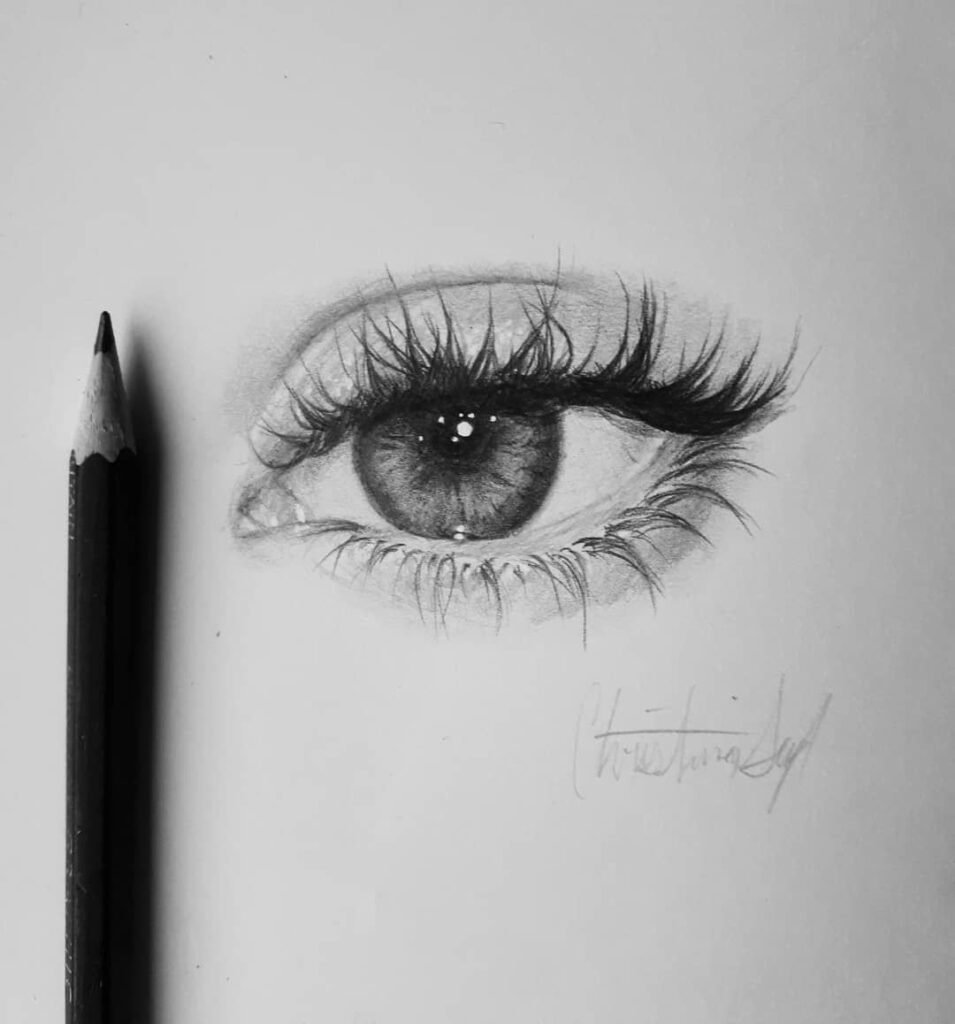Table of Contents
Pencil:f9kdhkibbmm= drawings have been a fundamental form of artistic expression for centuries. Their simplicity, versatility, and accessibility make them a beloved medium for artists at all levels. The keyword “pencil= drawings” encapsulates the wide range of creative possibilities that pencil art offers. In this article, we will explore the history, techniques, and impact of pencil drawings, as well as tips for aspiring artists.
Pencil:f9kdhkibbmm= drawings A Brief History of Pencil Art
The history of pencil art dates back to the Renaissance when artists began using graphite to create detailed sketches. Before the modern pencil, artists utilized a variety of tools, including charcoal and ink. The introduction of the wooden pencil in the 16th century revolutionized drawing, allowing for greater control and precision. As a result, pencil drawings gained popularity among artists and became a respected art form.
The Evolution of Pencils
Pencil:f9kdhkibbmm= drawings have evolved significantly over the years. Initially, they were made from solid graphite, which produced a rich black line. Today, modern pencils are available in various grades, ranging from soft (B) to hard (H). This grading system allows artists to choose the appropriate pencil for their desired effect, whether it be dark, bold lines or delicate, fine details. Pencil:f9kdhkibbmm= drawings
The Unique Qualities of Pencil Drawings
Pencil drawings possess unique qualities that set them apart from other art forms. The subtle gradients achievable with pencils allow for realistic shading and depth. Additionally, the ability to easily erase and modify pencil work encourages experimentation, making it an ideal medium for beginners and seasoned artists alike. Pencil:f9kdhkibbmm= drawings
Understanding Pencil Grades
Understanding pencil grades is crucial for any artist working with pencil drawings. The grading scale typically ranges from 9H (very hard) to 9B (very soft), with HB being the standard middle grade. Artists can create a range of tones and textures by selecting different grades, allowing for greater artistic expression and control.
Techniques for Pencil Drawing
Several techniques can enhance pencil drawings and help artists achieve their desired effects. Here are some common methods: Pencil:f9kdhkibbmm= drawings
1. Hatching
Hatching involves drawing parallel lines to create shading and texture. Pencil:f9kdhkibbmm= drawings The density and direction of the lines can affect the perceived depth and dimension of the drawing. Pencil:f9kdhkibbmm= drawings
2. Cross-Hatching
Cross-hatching builds on the hatching technique by layering intersecting lines. This method adds complexity and depth to the shading, allowing for a richer tonal range.
3. Stippling
Stippling uses small dots to create texture and shading. Pencil:f9kdhkibbmm= drawings By varying the density of the dots, artists can achieve a range of tonal values and intricate details. Pencil:f9kdhkibbmm= drawings
4. Blending
Blending is the process of smoothing pencil marks to create a soft transition between tones. This technique can be accomplished using blending stumps, fingers, or tissues, resulting in a more polished and realistic appearance. Pencil:f9kdhkibbmm= drawings
Choosing the Right Paper for Pencil Drawings
The choice of paper can significantly impact the outcome of pencil drawings. Different textures and weights of paper can enhance or hinder the drawing process. Smooth papers are ideal for detailed work, while textured papers provide interesting surfaces for shading and depth. Experimenting with various papers can help artists discover their preferred medium. Pencil:f9kdhkibbmm= drawings
The Role of Pencil Drawings in Art Education
Pencil drawing serves as a foundational skill in art education. Many art classes begin with pencil drawing exercises to help students understand basic concepts like line, form, and shading. This foundational knowledge is crucial for developing more advanced artistic techniques and styles. Pencil:f9kdhkibbmm= drawings
Famous Pencil Artists and Their Contributions
Throughout history, many renowned artists have utilized pencil drawings as a primary medium. Artists like Leonardo da Vinci, Albrecht Dürer, and Edgar Degas have produced iconic pencil sketches that showcase their mastery of the medium. Their works continue to inspire aspiring artists today.
The Therapeutic Benefits of Drawing
Engaging in pencil drawing can offer numerous therapeutic benefits. The act of drawing encourages mindfulness and focus, helping to reduce stress and anxiety. Many people find that spending time creating art provides a sense of accomplishment and emotional release, making it a valuable tool for mental well-being.
Exploring Different Styles of Pencil Drawing
Pencil drawings can encompass a variety of styles, each with its own unique characteristics. Some popular styles include:
1. Realism
Realistic pencil drawings aim to replicate the appearance of subjects as accurately as possible. This style requires a keen eye for detail and an understanding of light and shadow.
2. Abstract
Abstract pencil drawings focus on form, line, and composition rather than realistic representation. Artists often use abstract techniques to convey emotions or concepts, offering a more subjective interpretation of their subjects.
3. Cartooning
Cartoon-style pencil drawings emphasize exaggerated features and playful designs. This style allows for greater creativity and imagination, appealing to both artists and audiences alike.
Tips for Aspiring Pencil Artists
For those looking to improve their pencil drawing skills, here are some helpful tips:
1. Practice Regularly
Consistent practice is essential for developing artistic skills. Set aside time each day or week to draw, experimenting with different techniques and subjects.
2. Study from Life
Drawing from life allows artists to observe details and develop their observational skills. Whether it’s still life, landscapes, or portraits, studying real-life subjects enhances understanding and improves technique.
3. Embrace Mistakes
Mistakes are a natural part of the creative process. Rather than becoming discouraged, view them as opportunities for growth and learning. Experimentation often leads to unexpected and delightful results.
4. Use Reference Images
Utilizing reference images can help artists understand proportions, anatomy, and perspectives. Studying the work of other artists can also provide inspiration and insight into different techniques.
The Digital Transformation of Pencil Drawings
With the rise of digital art, traditional pencil drawings have found a new platform. Artists now have the option to digitize their pencil drawings, allowing for further editing and enhancement. Digital tools can replicate traditional techniques, enabling artists to explore new creative avenues.
Showcasing Pencil Drawings
Showcasing pencil drawings is an essential aspect of an artist’s journey. Participating in art exhibitions, local galleries, or online platforms provides opportunities to share work with a broader audience. Social media has also become a powerful tool for artists to connect with fans and fellow creatives.
The Community of Pencil Artists
The pencil drawing community is vast and supportive, with many artists sharing tips, techniques, and inspiration online. Joining forums, social media groups, or local art clubs can provide valuable connections and feedback. This sense of community fosters collaboration and encourages artistic growth.
The Future of Pencil Drawings
As technology continues to evolve, the future of pencil drawings remains bright. While digital art gains popularity, traditional pencil drawing will always hold a special place in the hearts of artists and art lovers. The tactile nature of pencil on paper offers a unique experience that cannot be replicated digitally.
The Enduring Appeal of Pencil Drawings
Pencil drawings possess an enduring appeal that transcends trends and technologies. Their versatility, accessibility, and expressive potential make them a beloved medium for artists of all ages. Whether capturing the intricacies of a portrait or exploring abstract forms, pencil drawings invite creativity and self-expression.
Conclusion: Embracing the Art of Pencil Drawings
In conclusion, the world of pencil drawings is rich with history, techniques, and personal expression. The keyword “pencil= drawings” serves as a reminder of the infinite possibilities that this medium offers. Whether you are a seasoned artist or a beginner, embracing the art of pencil drawing can lead to a fulfilling and creative journey. So pick up your pencil, let your imagination flow, and explore the captivating world of pencil art!




